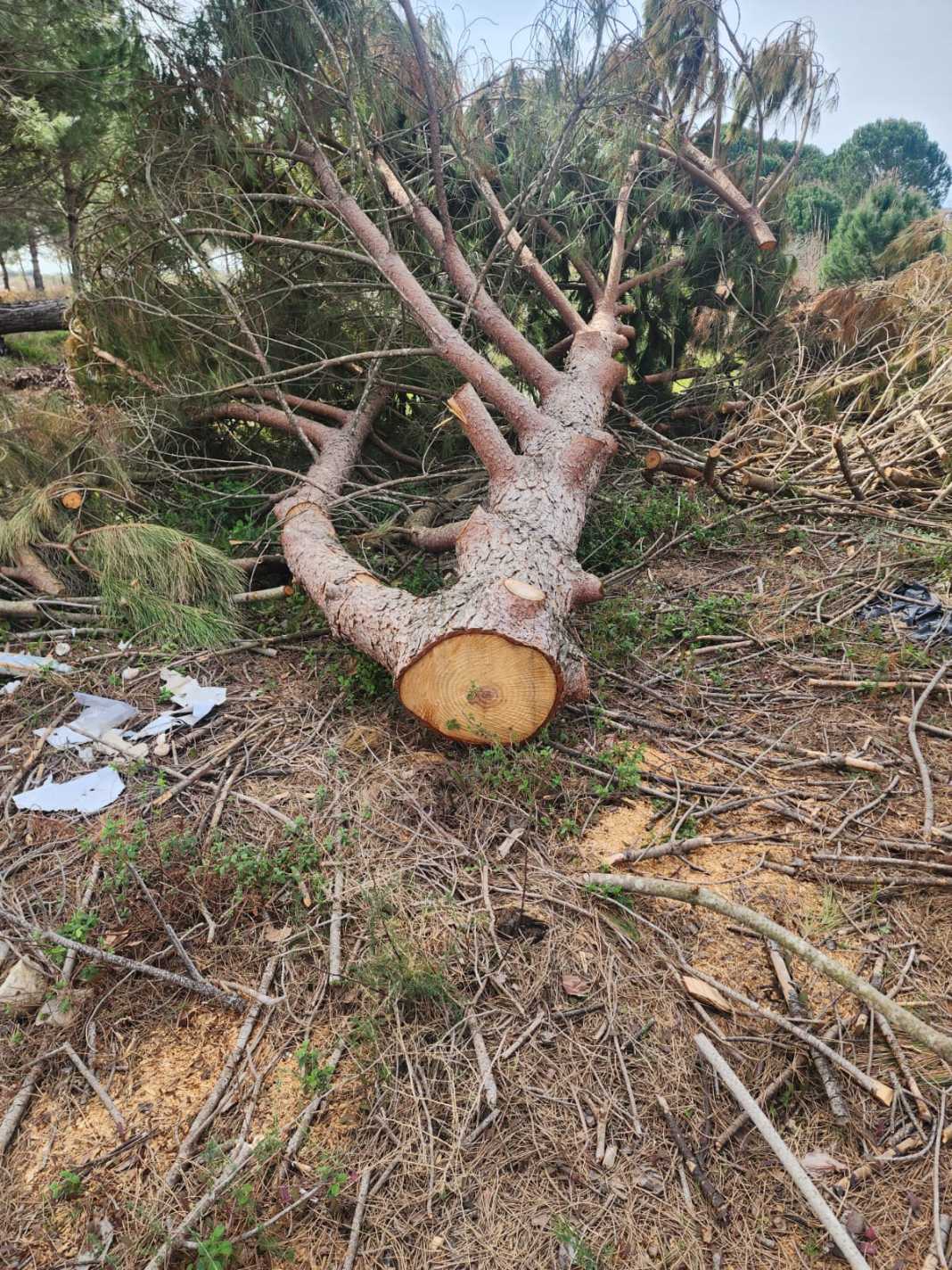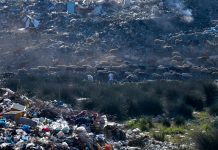Sebi Alla
Nine years since the forest moratorium in Albania, which aimed to improve and rehabilitate forest conditions, the situation continues to be problematic due to uncontrolled exploitation from illegal logging and fire damage.
On paper, the forest area has increased from 2010 to 2024, but paradoxically, the forest volume has declined.
According to a study by INSTAT, forest areas (excluding protected areas) have expanded, from 1,015,340 hectares in 2010 to 1,117,945 hectares in 2022, yet the total volume of forests has decreased by 30.5%, from 73.1 million m³ in 2010 to just 50.8 million m³ in 2022.
‘This phenomenon occurs because over these years, high forests of beech, black pine, and fir, which have the greatest share of volume at the national level, have been damaged’, Prof. Dr. Elvin Toromani, Dean of the Faculty of Forestry at the Agricultural University of Tirana, told Faktoje.al. . The areas which, according to him, once held the main share of forests, have today turned into ‘meadows’ and shrubs, adding: ‘we have more young forests and a loss of volume also due to fires and other damage’.
The Phenomenon
Environmental experts say that the decrease in forest density, or even the near-total destruction in some specific areas, has a direct impact on air quality and the greenhouse effect. ‘The destruction of forests creates a chain effect in the collapse of ecosystems, affecting both vegetation and wildlife. It also contributes to greenhouse gas emissions’, environmental expert Gavrosh Zela told Faktoje.al.
He adds: ‘Forests are the ‘lungs of the planet,’ as they absorb carbon dioxide (CO₂) and help reduce greenhouse gases. Their destruction leads to rising global temperatures and worsens climate change. Impacts on water quality: ‘Forests play a key role in the water cycle, helping retain moisture and regulate river flow. Their degradation leads to erosion, flooding, and the drying of water sources.’
Impacts on biodiversity loss: ‘Forests are habitats for millions of plant and animal species. The loss of forests causes the extinction of many of them, greatly reducing biodiversity and wiping out species of environmental and economic value. Forest destruction negatively affects air quality, soil health, and the natural balance, damaging the livelihoods of local communities and increasing natural risks like landslides and droughts.’
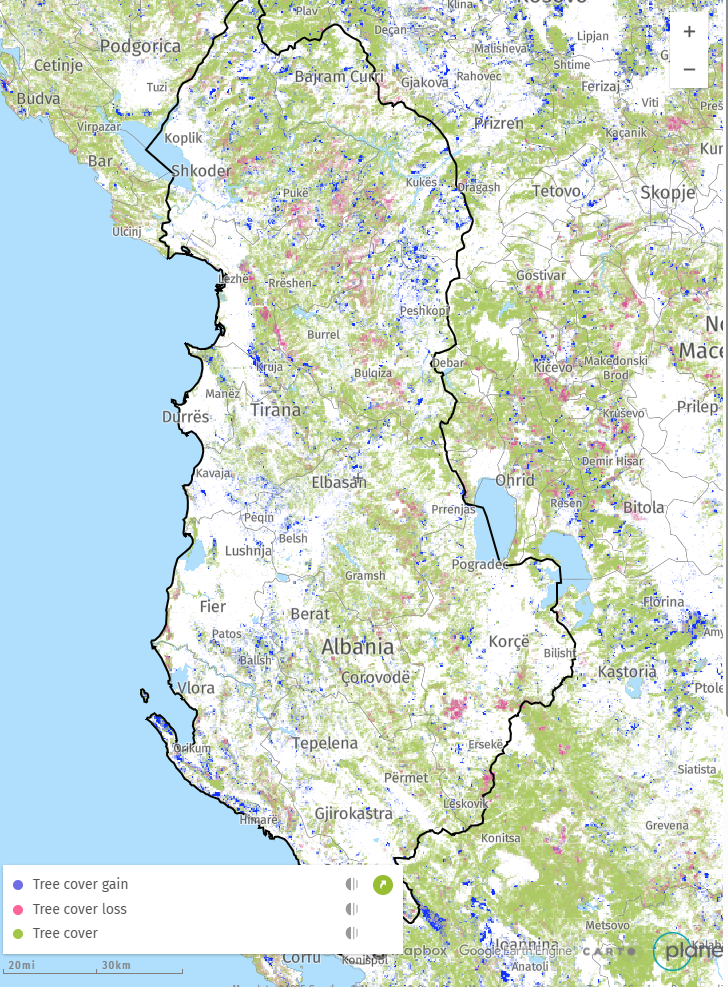
Consequences
‘Satellite images provided by the European Forest Fire Information System (EFFIS) indicate that over the past sixteen years, about 295,000 hectares of forested land in the country have been affected by fires, averaging 18,400 hectares per year. Given that Albania is a mountainous country, wildfires contribute to increased erosion, making Albania the European country with the highest erosion rate. This erosion, combined with intensified rainfall in certain periods, results in more frequent flooding,’ environmental expert Lavdosh Ferruni highlights for Faktoje.al.

Drip-fed investments
The year with the highest level of investments made in forests was 2014, when around 361 million Lekë (ALL) were allocated under the category ‘afforestation investments’. The year 2023 also shows a high level of forest-related investments, though still lower than in 2014. The national forest fund requires investment because, in their current state, forests can no longer provide usable timber,’ says Professor Toromani, adding that ‘these investments should be focused on the silvicultural improvement of young forests and the rehabilitation of degraded forest landscapes, using nature-based approaches.’
Future funding
In total, for the year 2025, according to expert Ilir Brasha, an increase in the Forest Administration Fund is projected, from approximately 867 million LEKE as set in the initial 2024 budget to 1.08 billion LEKE in 2025. This increase, he notes, is mostly expected in Capital Expenditures, which implies more projects and investments in this area. Although the budget for forests is increasing this year, the trend does not seem to continue. For 2026 and 2027, budget forecasts are pessimistic. In 2026, only a 2 million LEKE or 0.18% increase is projected, whereas for 2027, a decrease in forest administration funds is projected, down to 742 million LEKE.
Many procurements, few funds
In a detailed analysis, expert Ilir Brasha notes that 101 procurement procedures related to forests, either directly or indirectly, were conducted for 2024, of which 25 were cancelled, or 15.8% of the planned limit fund. ‘What is concerning regarding forest-related procurements is the low amount of funds saved. Specifically, in the procurement procedures conducted directly or indirectly for forests, we have only 5.9% of the funds saved, while for total procurement procedures, the saved fund is 13.6%,’ he says. This, according to him, indicates lower budget efficiency in procurement procedures related to forests.
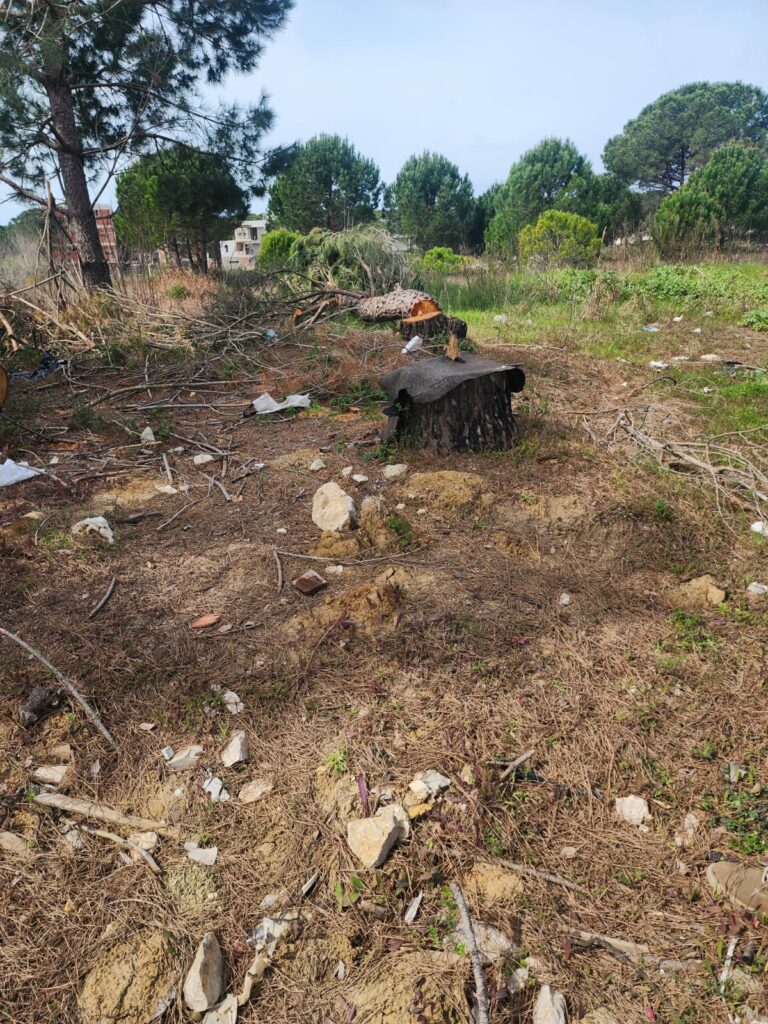
Tenders
For the year 2025, we have only two tenders carried out for investments directly related to forests. The first tender is conducted by the Municipality of Fushë-Arrëz with the procurement objective ‘Forest management plan’. The limit fund for this tender is 3.08 million ALL and the winner of the competition has not yet been announced, although the winner in this case is almost predictable, given that there was only one bidder in the competition. The same situation is presented in the other tender developed for forests in the Municipality of Cerrik, with the procurement objective ‘Drafting of the management plan for the Forest Economy Gostime-Koprrik’. This procedure has been won by a single bidder (announced in this case – Limit Fund 998,500 ALL and the winning bid is 978.4 thousand ALL
Municipalities see forests as salaries…
Municipalities are among the largest forest owners in Albania, owning about 73% of the total surface area. But it should be emphasized that interest from municipalities in forest financing has been minimal. ‘According to the forest law, all revenues generated from activities in forests must be reinvested in various activities in forests. This has not happened fully because part of the revenues goes toward staff salaries and very little toward real investments in forests’, said forest expert, Prof. Dr. Elvin Toromani. According to him, in many cases municipalities have been asked to finance the drafting of management plans or, in cases where such plans exist, to finance the works included in these plans. ‘Investments are minimal and support has mainly been through foreign projects’, notes Toromani. Despite the increase in forest hectares, their density is quite low, and this increase in surface has mainly resulted from the depopulation of deep rural areas, turning some regions into abandoned places, and due to the lack of infrastructure, logging activity has also decreased.
Fires ‘extinguish’ forests
The transfer of around 73 percent of the forest fund under the administration of municipalities was considered the right step for better management and greater control over forests. However, the lack of budget revenues, from small municipalities, has resulted in no investment in either the regeneration of forests or their protection. ‘Forest fires remain a problem and every year we lose on average 2,000 hectares of forest’, says Professor Toromani. Another phenomenon that has contributed to the destruction of many high forest areas, according to Toromani, is also mining activity and illegal logging. ‘Another problem is the damage caused in forested areas by the development of mining activities in these lands. What is concerning is the situation in Bulqiza and Kukës. Among the most damaged areas where high forests have turned into surfaces with forest vegetation are the forested areas in Fushë-Arrëz, Kukës, Puka, Burrel, and Korça’, states Toromani.
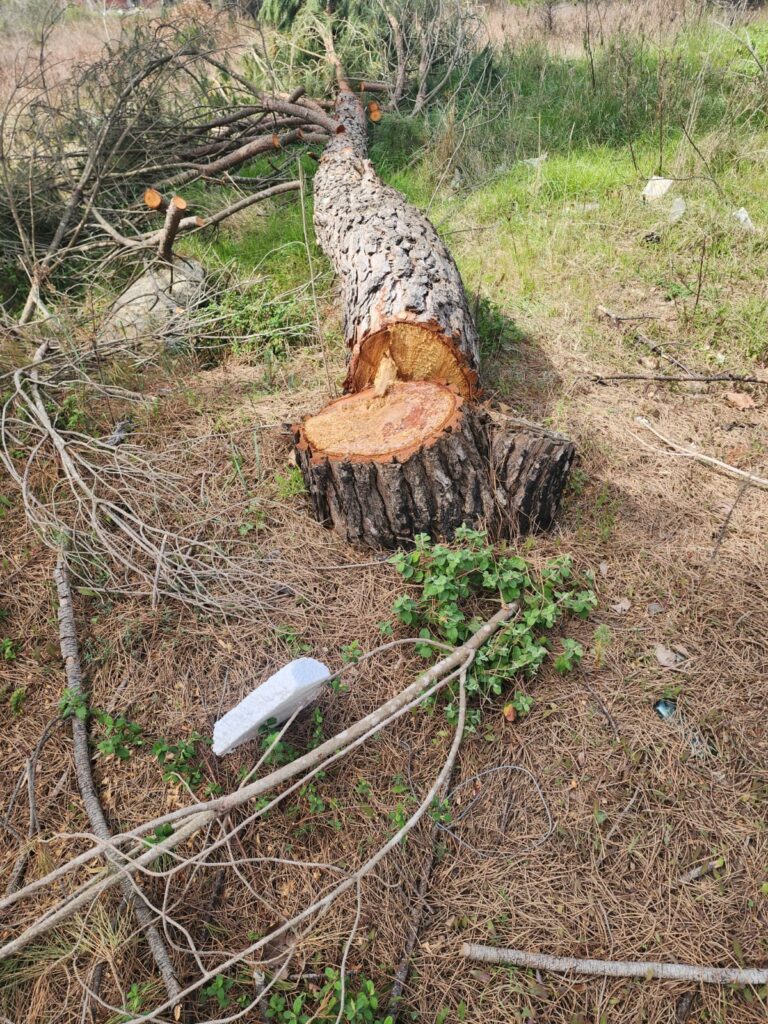
Proposals
He suggests that the rehabilitation of the forest fund requires the allocation of dedicated funds for afforestation every year; the establishment of forest nurseries in the country; the drafting of a strategic document for forest recovery over the next 10 years; the strengthening of the legal framework for forest offenders; logistical support for forest staff to increase their capacity for monitoring and territorial control; and the use of remote sensing techniques for monitoring and early warning of fires in forest landscapes.
Conclusion
The 10-year moratorium banning the export of timber from Albania, the increase of the investment fund in forests, or for fire protection, has not had the desired impact, categorizing it as an unfulfilled promise. Irresponsible logging of forests used as firewood and construction material in our country has contributed to the reduction of forest density, as also reflected in the annual monitoring reports.

